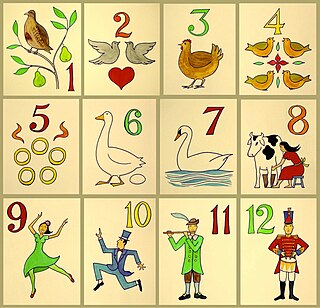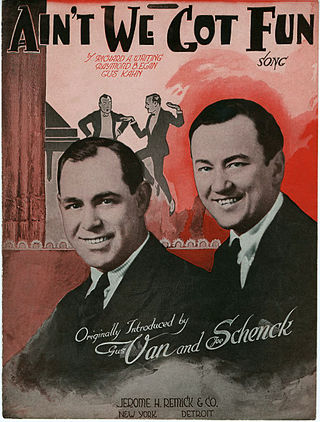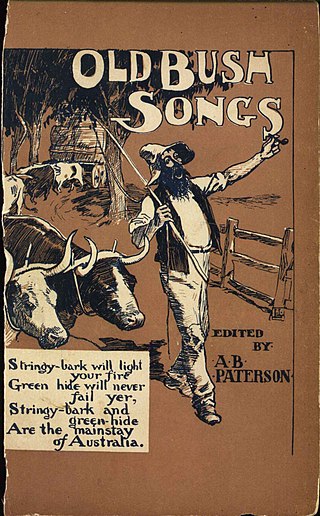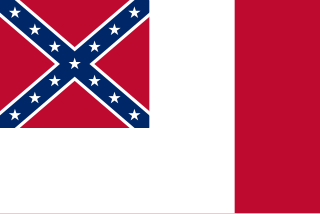Related Research Articles

The phoenix is an immortal bird that cyclically regenerates or is otherwise born again. While it is part of Greek mythology, it has analogs in many cultures, such as Egyptian and Persian mythology. Associated with the sun, a phoenix obtains new life by rising from the ashes of its predecessor. Some legends say it dies in a show of flames and combustion, while others that it simply dies and decomposes before being born again. In the Motif-Index of Folk-Literature, a tool used by folklorists, the phoenix is classified as motif B32.

Ain't It Cool News (AICN) is an entertainment news website founded by Harry Knowles and run by his sister Dannie Knowles since September 2017, dedicated to news, rumors, and reviews of upcoming and current films, television, and comic book projects, with an emphasis on science fiction, superhero, fantasy, horror, and action genres.

A cumulative song is a song with a simple verse structure modified by progressive addition so that each verse is longer than the verse before. Cumulative songs are popular for group singing, in part because they require relatively little memorization of lyrics, and because remembering the previous verse to concatenate it to form the current verse can become a kind of game.

John Burroughs was an American naturalist and nature essayist, active in the conservation movement in the United States. The first of his essay collections was Wake-Robin in 1871.

Poetry has been published in Chicago since 1912. It is one of the leading monthly poetry journals in the English-speaking world. Founded by poet and arts columnist Harriet Monroe, who built it into an influential publication, it is now published by the Poetry Foundation. In 2007 the magazine had a circulation of 30,000, and printed 300 poems per year out of approximately 100,000 submissions. It is sometimes referred to as Poetry—Chicago.

Sant Tukaram Maharaj, also known as Tuka, Tukobaraya, Tukoba, was a Hindu, Marathi Saint of Varkari sampradaya" in Dehu village, Maharashtra in the 17th century. He was a bhakt of the god Vithoba of Pandharpur. He is best known for his devotional poetry called Abhanga, which are popular in Maharashtra, many of his poems deals with social reform.

"The Three Ravens" is an English folk ballad, printed in the songbook Melismata compiled by Thomas Ravenscroft and published in 1611, but the song is possibly older than that. Newer versions were recorded up through the 19th century. Francis James Child recorded several versions in his Child Ballads.
Sir Herbert John Clifford Grierson, FBA was a Scottish literary scholar, editor, and literary critic.

Yonejirō Noguchi was an influential Japanese writer of poetry, fiction, essays and literary criticism in both English and Japanese. He is known in the west as Yone Noguchi. He was the father of noted sculptor Isamu Noguchi.

Frogs play a variety of roles in culture, appearing in folklore and fairy tales such as the Brothers Grimm story of The Frog Prince. In ancient Egypt and Mesopotamia, frogs symbolized fertility, while in classical antiquity, the Greeks and Romans associated frogs with fertility, harmony, and licentiousness.
"Oh Shenandoah" is a traditional folk song, sung in the Americas, of uncertain origin, dating to the early 19th century.

"Ain't We Got Fun" is a popular foxtrot published in 1921 with music by Richard A. Whiting, lyrics by Raymond B. Egan and Gus Kahn.
"Ain't Talkin" is a song written and performed by the American singer-songwriter Bob Dylan, appearing as the tenth and final track on his 2006 album Modern Times. As with most of Dylan's 21st century output, he produced the song himself under the pseudonym Jack Frost.
This is a list of all works by Irish poet and dramatist W. B. Yeats (1865–1939), winner of the 1923 Nobel Prize in Literature and a major figure in 20th-century literature. Works sometimes appear twice if parts of new editions or significantly revised. Posthumous editions are also included if they are the first publication of a new or significantly revised work. Years are linked to corresponding "year in poetry" articles for works of poetry, and "year in literature" articles for other works.

The Tortoise and the Birds is a fable of probable folk origin, early versions of which are found in both India and Greece. There are also African variants. The moral lessons to be learned from these differ and depend on the context in which they are told.
"The Little Old Sod Shanty On The Claim" is an American folk song written by Oliver Edwin Murray of South Dakota. It appeared somewhere around 1880 published in several American newspapers. The printings suggested that it be sung to the tune of "The Little Old Log Cabin In The Lane" written by Will Hays in 1871. The song tells of the trials of homesteading on the Great Plains and became immensely popular among the settlers. The title comes from variations of a refrain found in the verses and the chorus:

The bush ballad, bush song, or bush poem is a style of poetry and folk music that depicts the life, character and scenery of the Australian bush. The typical bush ballad employs a straightforward rhyme structure to narrate a story, often one of action and adventure, and uses language that is colourful, colloquial, and idiomatically Australian. Bush ballads range in tone from humorous to melancholic, and many explore themes of Australian folklore, including bushranging, droving, droughts, floods, life on the frontier, and relations between Indigenous and non-Indigenous Australians.
The Print Collector's Quarterly, was a quarterly periodical that was begun in 1911 and continued under various publishers until 1950. The original founders were art dealer Frederick Keppel and art historian, Fitzroy Carrington.
Roger A. Graham was an American lyricist, composer, singer, and music publisher who flourished from 1906 to 1920 — a period that included World War I, the golden age of Tin Pan Alley, the dawn of the Jazz Age (circa 1914), and the silent film era. Graham was a proponent of vaudeville and burlesque songs. But as a lyricist and publisher, Graham is most remembered for having been an exponent of blues songs.

"I'm a Good Ol' Rebel", also called "The Good Old Rebel", is a pro-Confederate folk song and rebel song commonly attributed to Major James Innes Randolph. It was initially created by Randolph as a poem before evolving into an oral folk song and was only published in definitive written form in 1914. The poem and song became universally-known among Southerners during the Reconstruction period following the capitulation of the Confederate States at the end of the American Civil War.
References
- ↑ Fisher-Davis, Eric and Elizabeth. "George Elmer Fisher (1864-1953)". Archived from the original on 2016-06-18. Retrieved 2018-03-15.
- 1 2 3 "An Essay on Frogs". Chicago Ledger . Vol. L, no. 20. 1922-05-20. p. 14.
- 1 2 "Almost". Cleveland Engineering. Vol. 15, no. 33. 1923-01-18.
- 1 2 "The Frog Round: a Children's Folk Song sung as a Round". Music Files Ltd. Retrieved 2018-03-15.
- 1 2 Malinowski, Stephen. "Frog Round" . Retrieved 2018-03-15.
- ↑ "The Uncertain History of the Frog Round". www.musanim.com. Retrieved 2018-10-03.
- ↑ "Essay On The Frog" (PDF). Willmar Tribune (Newspaper). Vol. 27, no. 2. 1921-01-12. p. 11. Retrieved 2022-12-24.
- ↑ "The Frog" (PDF). American Consular Bulletin . Vol. 4, no. 7. July 1922.
- ↑ "Pleasantries". Christian Register. Vol. 101, no. 39. 1922-09-28.
- ↑ "What a wonderful bird (Bill Murray)". YouTube. Retrieved 6 November 2023.